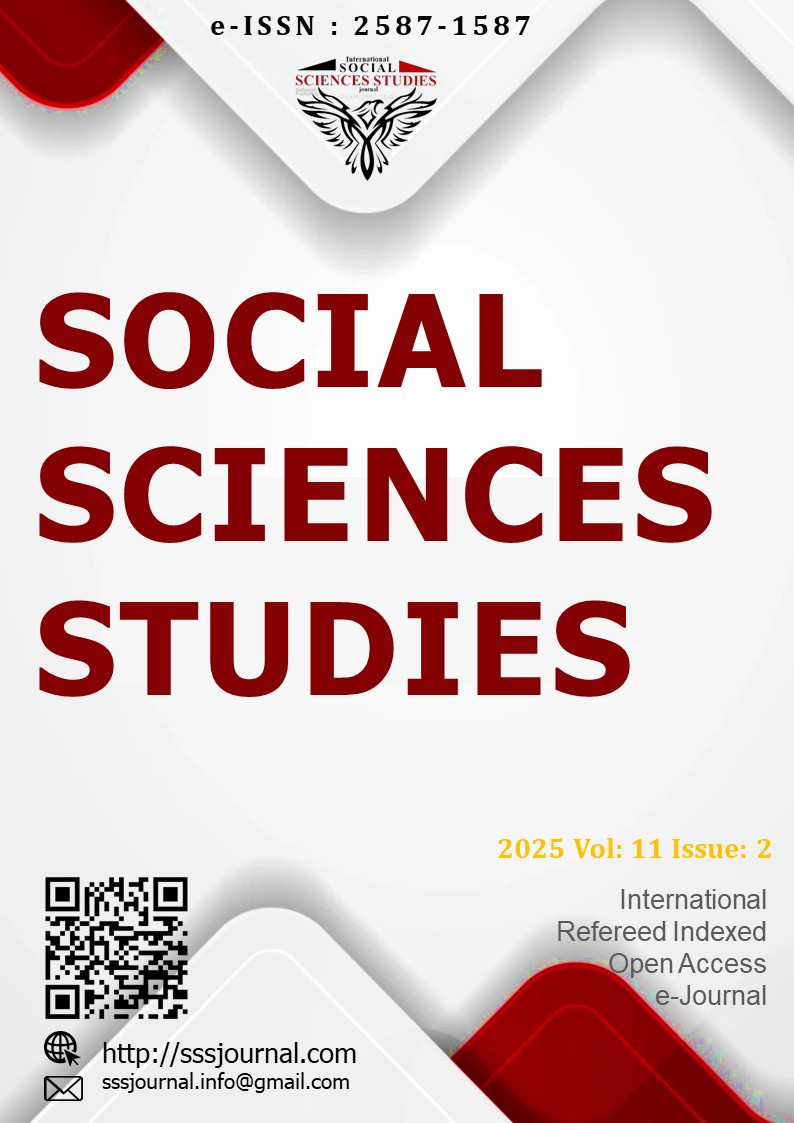Author :
Abstract
Çeviri eleştirisi, özellikle çeviri ürünle alakalı olup kaynak metin ve çeviri metnin karşılaştırmalı bir analizini kapsamaktadır. Karşılaştırmalı analizin amacı ise, hedef metni etkileyen unsurlar ile kaynak metnin hedef metin üzerindeki etkilerini ortaya koymaktır. Bu çalışmanın amacı, varoluşçu yazar Albert Camus tarafından yazılan ve 1942 yılında yayınlanan ‘L’Etranger’ (Yabancı) adlı eserinin iki farklı Türkçe çevirisini, çeviri eleştirisi açısından incelemektir. İlk aşamada, metnin daha iyi anlaşılması için eserin yazıldığı dönem, yazarın kişiliği, edebi kimliği, üslubu ve vermek istediği mesaj açıklanmış; ikinci aşamada, kitabın tarihi, türü, içeriği ve dili, sözcük seçimi ve yazılış amacı açıklanmış ve üçüncü aşamada ise, metinden rastgele 11 cümle seçilmiş ve bunların iki farklı çevirideki karşılıkları bulunmuş, daha sonra kaynak ve çeviri metinlerde yer alan bu cümleler Gideon Toury’nin Erek-Odaklı Yaklaşımı çerçevesinde incelenmiştir. Yapılan inceleme sonunda, Ç1’in kaynak metne daha yakın olduğu, Ç2’de ise daha fazla modülasyon stratejisi uygulandığı tespit edilmiştir.
Keywords
Abstract
Translation criticism, which is related especially to the product of translation, involves a comparative analysis of the source text and the target text. The aim of a comparative analysis is to determine the factors which affect the target text and the effects of the source text on the target text. The aim of this study is to analyse the two Turkish translations of ‘L’Etranger’, written by the existentialist French writer Albert Camus and published in 1942, in terms of translation criticism. In the first stage, the era, the writer’s personality, his literary identity, his style and his message were examined to understand the source text better. In the second stage, the date of the book, its type, its content and language, the choice of words and the purpose of being written were explained and, in the third stage, 11 sentences were chosen from the text randomly and the two different translations of these sentences were found in the translated texts. Finally, the relation between the sententes in the source text and the two different translations were examined in terms of translation strategies and Gideon Toury’s Target –Oriented Approach. It was discovered that T1 was more close to the pole of ‘acceptability’ and as a result, it was more subject to the source text.





